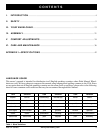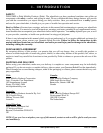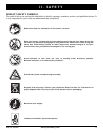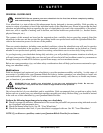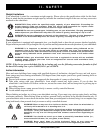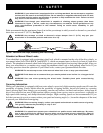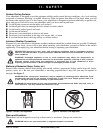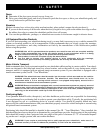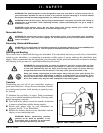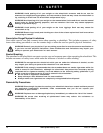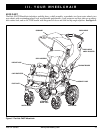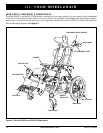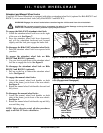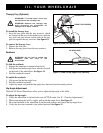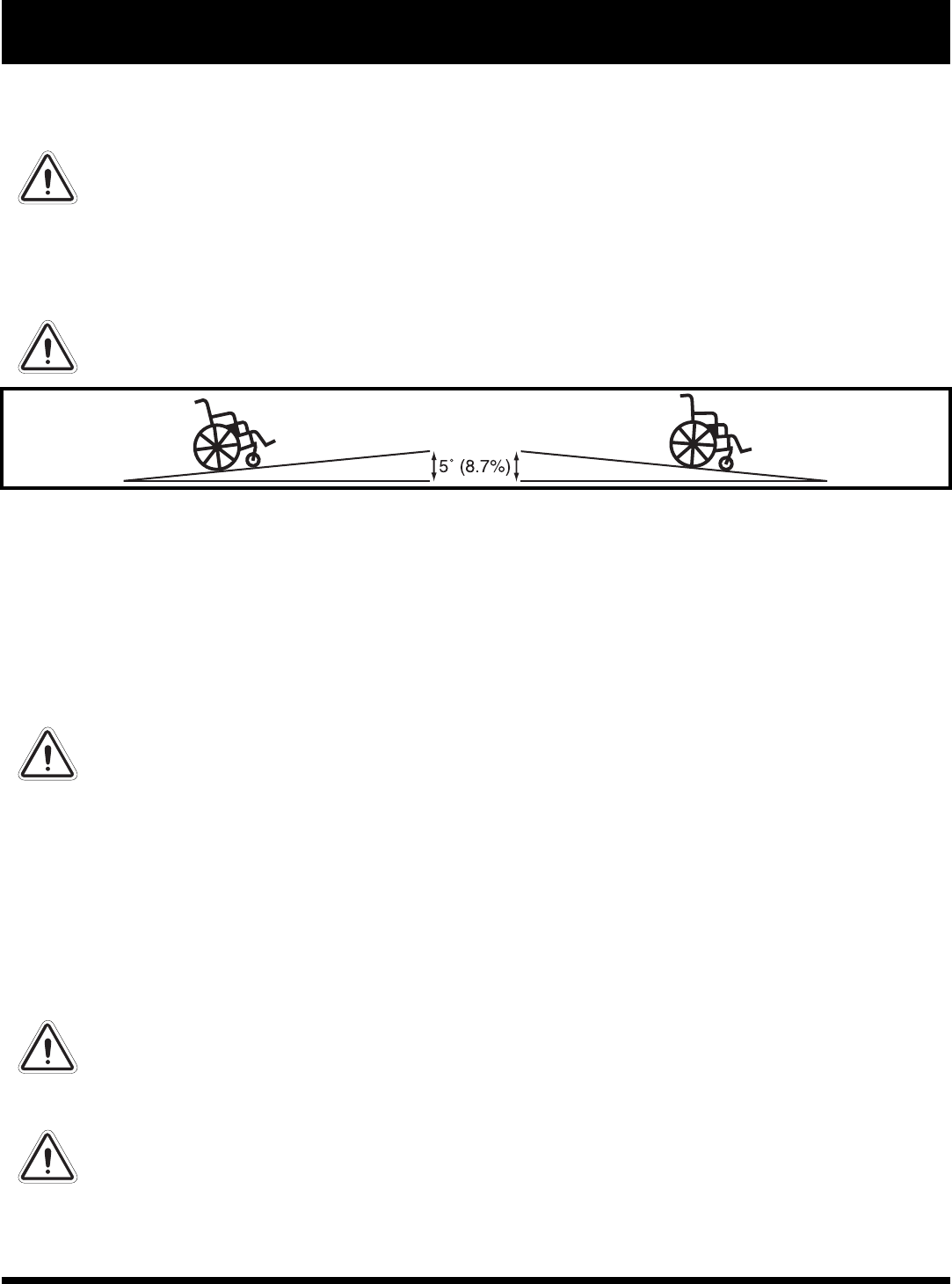
8 www.pridemobility.com Kids UP Series
II. SAFETY
WARNING! If your wheelchair is equipped with a reclining seatback, do not attempt to negotiate
inclines with the seat in a reclined position. Do not attempt to negotiate obstacles with the seat
in a reclined position unless an attendant is present to help stabilize the chair. Failure to heed
may result in the wheelchair tipping over.
WARNING! Even though your wheelchair is capable of climbing slopes greater than those
illustrated in figure 1, do not, under any circumstances, exceed the incline guidelines or any
other specifications presented in this manual. Doing so could cause instability in your
wheelchair.
Pride recommends that the maximum slope of an incline you attempt to safely ascend or descend on your wheel-
chair does not exceed 5° (8.7%). See figure 1.
WARNING! Any attempt to climb or descend a slope steeper than 5° (8.7%) may put your
wheelchair in an unstable position and cause it to tip.
Figure 1. Maximum Safe Slope (Ascending and Descending)
Attendant or Manual Wheel Locks
Your wheelchair is equipped with an attendant wheel lock, which is mounted on the axle of the drive wheels, or
two manual wheel locks (Kids ROCK 2 and ROCK 3), which are mounted near (or directly in front of) both drive
wheels. The attendant or manual wheel locks help prevent your wheelchair from moving when parked. After you
bring your wheelchair to a complete stop, engage the attendant wheel lock or both manual wheel locks. If you
have any questions about the operation of your wheel locks, contact your Quantum Rehab Provider.
WARNING! Do not attempt to use either manual wheel lock lever to stop your wheelchair.
WARNING! Pride does not recommend that you remain parked on an incline for a long period of
time.
WARNING! Use care when operating the wheel locks. Possible pinch point created during
operation.
Cornering Information
While your wheelchair is equipped with front caster wheels, excessively high cornering speeds can still create the
possibility of tipping. Factors which affect the possibility of tipping include, but are not limited to: cornering
speed, steering angle (how sharply you are turning), uneven road surfaces, inclined road surfaces, riding from an
area of low traction to an area of high traction (such as passing from a grassy area to a paved area—especially at
high speed while turning), and abrupt directional changes. High cornering speeds are not recommended. If you
feel that you may tip over in a corner, reduce your speed and steering angle (i.e., lessen the sharpness of the turn)
to prevent your wheelchair from tipping.
WARNING! When cornering sharply, reduce your speed and maintain a stable center of gravity.
This greatly reduces the possibility of a tip or fall.
Public Streets and Roadways
WARNING! You should not operate your wheelchair on public streets and roadways. Be aware
that it may be difficult for traffic to see you when you are seated on your wheelchair. Obey all
local pedestrian traffic rules. Wait until your path is clear of traffic, and then proceed with
extreme caution.





